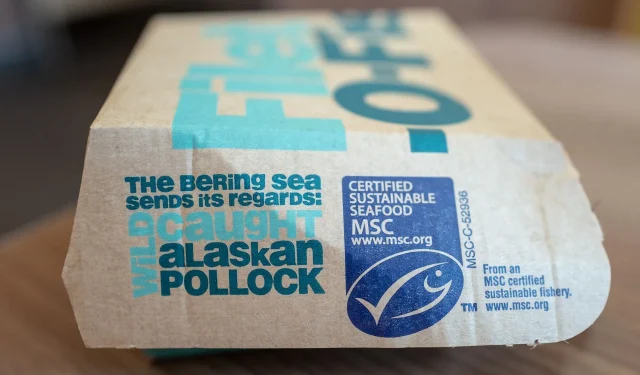When it comes to fish sandwiches, McDonald’s Filet-O-Fish is a leading choice for many consumers. Launched in 1962, this sandwich has established itself as a popular alternative to beef and chicken items on the menu. Featuring just three key ingredients, it has become especially favored during the Lenten season. According to a report by USA Today, an impressive 25% of its annual sales are recorded during this 40-day period.
However, the origins of what is now regarded as a Lenten tradition are quite fascinating. For those food enthusiasts eager to learn more about this iconic sandwich, continue reading to discover some interesting insights.
Five Fascinating Facts About McDonald’s Filet-O-Fish
This beloved fish sandwich has been part of McDonald’s menu for over six decades, establishing itself as a favorite among meat alternatives. McDonald’s describes it as follows:
“Dive into our wild-caught Filet-O-Fish, a classic McDonald’s fish sandwich! Our fish sandwich recipe features a crispy fish filet patty made with wild-caught Alaskan Pollock on melty American cheese and is topped with creamy McDonald’s tartar sauce, all served on a soft, steamed bun.”
Furthermore, its nutritional profile includes:
“There are 380 calories in McDonald’s Filet-O-Fish. Enjoy it on its own or make it a meal with our World Famous Fries® & your choice of McDonald’s beverage.”
1. Crafted to Cater to Catholic Customers
The inception of the Filet-O-Fish aimed to serve the needs of Catholic customers in Cincinnati, Ohio. In 1961, Lou Groen, operating the region’s first McDonald’s franchise, noticed significantly lower sales on Fridays and during Lent, as Catholics traditionally abstained from meat.
With 87% of the local population identifying as Catholic, this issue was significant. To address the decline in sales, Groen created a fish sandwich topped with tartar sauce, drawing inspiration from a local competitor who had successfully navigated no-meat days.
2. The Hula Burger Rivalry
Initially, Ray Kroc was skeptical of Groen’s fish sandwich concept, favoring his fruity alternative—the Hula Burger, which was made with grilled pineapple and cheese. To determine which item would make the menu, a taste contest was conducted.
On April 20, 1962, both the Hula Burger and the Filet-O-Fish were tested in select locations. Results showed a stark difference in popularity, with only six Hula Burgers sold compared to 350 orders for Groen’s fish sandwich, securing its place as the first non-hamburger addition to the menu.
3. The Changing Recipe of the Filet-O-Fish
Originally, Groen used halibut for the sandwich; however, the high cost of this fish resulted in a retail price of 30 cents each. To lower prices to 25 cents, Groen switched to cod and introduced a cheese slice to balance the flavors. Ultimately, Alaskan pollock, known for its sustainability and affordability, became the staple used in this classic sandwich.
4. A Unique Cheese Portion
https://www.youtube.com/watch?v=2wSuasrNBJg
Initially lacking any cheese, the sandwich incorporated a half-slice when the fish variety was changed. For many years, this half slice has become a topic of discussion among fans, with some viewing it as a cost-cutting measure, while others label it a textbook example of shrinkflation.
Despite customer objections, McDonald’s has not officially addressed this issue. Past statements from company representatives have suggested that the half slice is strategically used to complement the tangy tartar sauce and the crispy fish coating without overpowering the dish.
5. International Variants of the Filet-O-Fish
The classic Filet-O-Fish served in the United States isn’t the only version available globally. In various international markets, customers can enjoy unique adaptations that reflect regional tastes. For example, the Double Filet-O-Fish boasts two fish patties, while certain European countries offer a variant dubbed McFish, which substitutes ketchup for tartar sauce.
Additionally, deluxe versions in France and Azerbaijan comprise added lettuce and tomatoes, and in select Asian markets, customers have them with wasabi for an exciting twist. This adaptability demonstrates the sandwich’s ability to cater to diverse culinary preferences.
As Lent continues, many people are reaching for the Filet-O-Fish not just on Fridays, but throughout the season. For those interested in nutritional details or fishing practices, more information can be found on McDonald’s official website.


